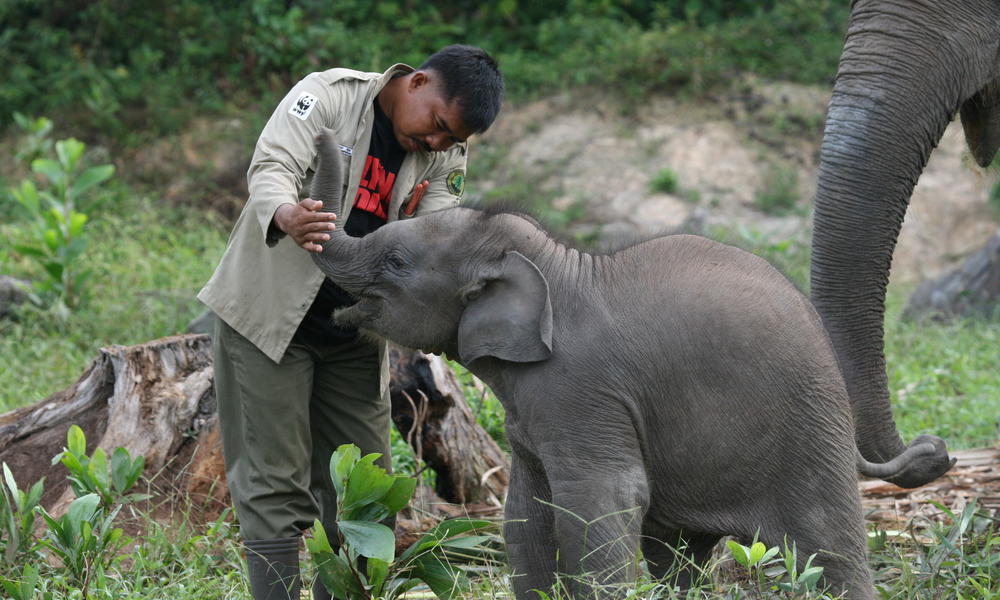Antonia Solar Capstone
The idea for my Capstone was to create a pop-up book answering the question “In what ways can art be interactive?” My final pop-up book, Die Papiertänzerin “the paper dancer” : An Interactive Art Exhibit uses a variety of interactive story telling techniques greatly inspired by White Noise (David A. Carter), and Bauhaus Ballet: A Pop-Up Performance (Gabby Dawnay and Barnes Lesley). Bauhaus artist Oskar Schlemmer’s work was also a great influence in the designs of the pages. To create my book I mainly used Adobe Photoshop and a Cricut Explore Air 2 (which I had to learn to use). The designs of each page were drawn out and then further developed in three stages until they were finalized digitally to be cut by Cricut. Throughout the process I also received feedback from Ms. Alvarez, Ms. Leaness, and Ms. Giknis (my mentor) on the progression of my book.
Planning/Research Doc
https://docs.google.com/document/d/1pGE0_AwzNj_Me8fj-Hxxz3ytVJo3aq8dPth2_fKPVTo/edit?usp=sharing
Bibliography
https://docs.google.com/document/d/1mGC0M7ZoOg9uoZN56QouWiB4Jgt7CauExSnVdOF7VF8/edit?usp=sharing

